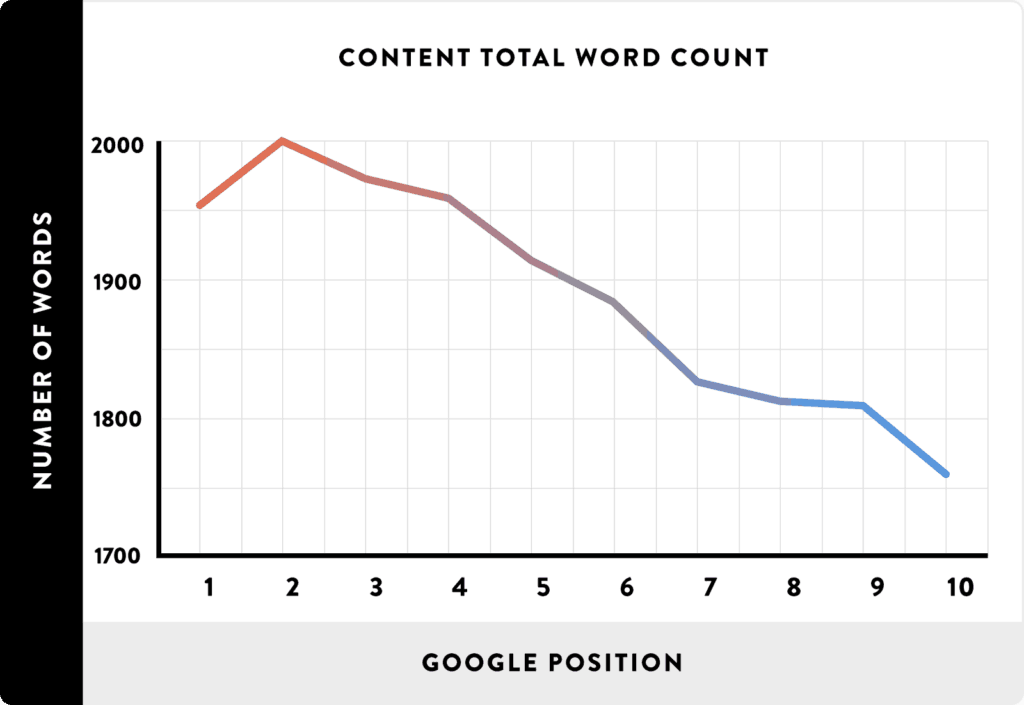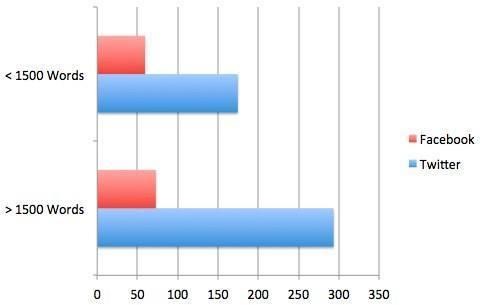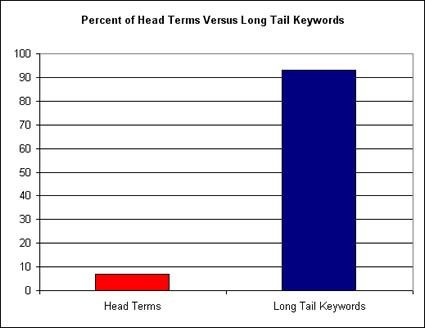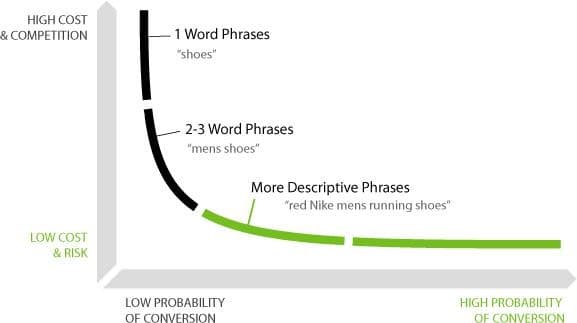
Alex Jasin, CEO, X3 Digital
If you’re still writing 500-word blog posts, you’re missing out on potential customers.
Brief blog posts and articles don’t have much say, at least not as much as they used to, when it comes to search engine rankings and effective content marketing strategies.
Of course, you may want to point me to Seth Godin, but the reality is that most people do short content wrong. If you’re in a race to boost the number of posts on your site, without considering the value, you’re in a race to the bottom. This type of content is known as thin content, and Google has been able to ensure that it gets the minimum attention in the SERPs [search engine results pages].
Research has shown that long-form content is the most effective way to achieve better rankings and get closer to e-commerce giants like Amazon. By publishing long-form content, you place yourself at a better position for ranking on the first page of Google and, more importantly, providing enough value to make your readers interested in your business.
What is Long-form content?
According to a research conducted on 1 million Google search results, the average length of posts from sites that rank high in organic search was at 1,890 words. Today, that number is growing and the longer the post, the better ranking you get from Google and other search engines.
So, when thinking long-form content for your blog, consider hitting that 2,000-word mark.
Long-form content Is Your Way to Beat Amazon
Amazon is already an established leader when it comes to ranking of e-commerce sites. It ranks top for almost each and every keyword and appears difficult to bypass. But that’s only because few e-commerce retailers are doing it right when it comes to their content strategy.
Here are a few reasons long-form content is important:
1. Your Blog Gets a Better Ranking
When you start a blog for your e-commerce site and capitalize on long-form content, your overall topic authority and subject depth will grow. Over time, this helps your site rank significantly higher in Google search results. As you can see from this graphic from 2016, the larger word count your blog post has, the higher the rankings.
 2. Increased Website Traffic
2. Increased Website Traffic
When your blog achieves better ranking on Google, it gets more visitors and subsequently an increase in website traffic. With this, your biggest task as an online retailer would be to keep your new visitors on the site, without losing existing customers. This is where rich content comes in.
Not only should you have long-form content, it should also be meaningful and resourceful enough to keep site visitors coming back.
3. Helps to Build Trust with your Audience
By taking your time to come up with a long post based on facts and accurate research, you are one step closer to building trust with your audience. People appreciate a blog post that is credible and reliable, and will always feel the need to come back.
When my 5000+ word guide about creating a website went viral, the post was not only rewarded in search results, but I’ve also become more known within this niche.
Long-form content showcases that you know what you’re talking about, which helps to label you as an expert in the industry.
4. Provides Better Online Visibility
If you have been struggling to get your products known to your audience, long-form content will help a great deal. Research has shown that long blog posts are shared more than short content. Below is an image that will give you a better understanding. The higher your word count, the more the shares on both Facebook and Twitter.

How can you Effectively Use Long-form content?
Now that you understand long-form content and its importance in your e-commerce business, let’s move on to how you can effectively use it.
1. Define your Goals
Avoid jumping into long-form content because this post told you to or you read somewhere that it works well. The first step to creating long-form content that works is to come up with a customized plan. What do you want to do with the content?
Here, your goals could be growing leads, building trust with customers or building your brand. By defining what you want to achieve, then you can come up with content that is directed at those goals.
2. Start by Adding Content to Existing Copy
If you currently have an existing website and blog page for your e-commerce business, add material to your existing content. If you have posts that are 500 words, try and lengthen these posts with relevant information. Google will pick up on the edits and refine your ranking.
Also, ensure that your landing pages include long-form content. If you didn’t do so the first time you created your website, start adding content to those pages. This is because long landing pages convert better than short landing pages.
3. Use Long-Tail Keywords in Your Posts
Whether you are going to write the content yourself or you’ll consider outsourcing that task, make sure your long blog posts use long tail keywords.
Why? Long-tail keywords are easier to rank than common keywords.

Also, long tail keywords convert better than short ones. Here’s a graphic demonstrating the probabilities of conversion.

Start by choosing the topic you want to discuss in your posts, then select the keywords to use. When selecting the topic, let what people are searching for on Google and other search engines guide you. This method will help you find your long-tail keywords.
Also, consider the type of content that ranks well in your e-commerce industry and your current competition.
4. Include Images and Videos in your Posts
Long-form content does not only mean words. It also means images, videos and other graphics. A long blog post that includes images and videos as part of its content will rank better than one with words alone.
People naturally find images and videos extremely helpful, so Google indexes these content types as additional reasons why your content is more authoritative and practical than the rest of the content in your industry.
As an e-commerce retailer, images are very important as they give your audience an idea of what they are about to purchase. This brings you back to building trust with your customers and ensuring they return for a better service.
Conclusion
Long-form content is the answer to beating Amazon, or at least, to closing in on the e-commerce giant. By using long blog posts, long tail keywords and long landing pages on your e-commerce website, you stand to gain greatly.
You’ll gain increased website traffic, higher rankings on Google, improved trust from your customers, increased online visibility, authority in your industry and increased revenue.
Besides being a songwriter, blogger and speaker, Alex Jasin is CEO of online publication Metapress and of digital marketing agency X3 Digital.
Favorite